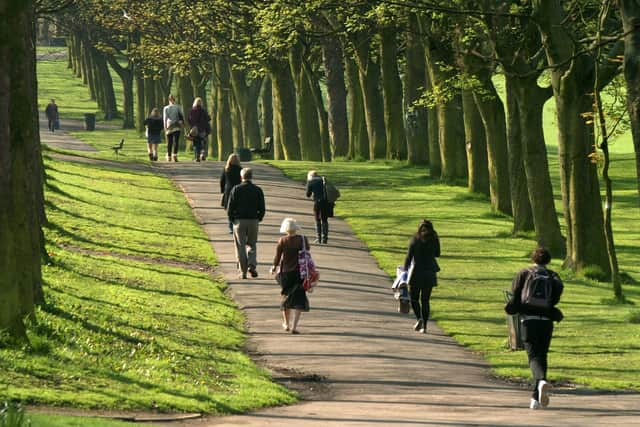For better or worse, lockdown will change the working environment for years - Mark Casci
On Sunday, we expect Prime Minister Boris Johnson to begin allowing offices, shops and factories to reopen, albeit with stringent rules as to how this will be permitted.
With the lockdown costing our economy billions of pounds every week, the Government knows that insisting everyone stay home will ultimately cause more damage to people’s health than Covid-19 ever could in terms of health outcomes, with a prolonged downturn likely to starve the NHS of funds needed to treat illnesses of all kinds.
Advertisement
Hide AdAdvertisement
Hide AdHowever, the return to work will be a far cry from the businesses we left behind in March when the stay at home edict was announced. While the lockdown is set to be eased, the requirements for social distancing are unlikely to be any time soon.


This is frankly likely to add up to a situation that most workers will find less than appealing.
Consider just one aspect – the commute. Public transport in the North of England is well documented as already being in bad shape.
However, overcrowded train carriages and buses in the world of coronavirus do not merely constitute poor service, it is downright dangerous to health. Social distancing will mean trains and buses will have severely reduced capacity.
Advertisement
Hide AdAdvertisement
Hide AdAnd with reduced capacity it will mean accessing a train or bus will be harder than ever. Already trade unions are raising considerable concern with operators and even the Prime Minister directly as to how this will be handled.


I have long been an advocate for so-called active travel, wherein employees make their way to work under their own steam, either on foot or by bike. With exercise one of the few activities for which it is currently permissible to leave the house, the chances are many of us are feeling fitter than we have done for some time and, as such, active travel sounds achievable.
However, for long commutes, those with physical limitations and those who do not work in a fixed place, this is not feasible.
These limits on the number of commuters who can enter train carriages and buses mean that there is likely to be a colossal surge in people driving to work
Advertisement
Hide AdAdvertisement
Hide AdRoads, clogged with horrendous congestion under normal circumstances, will become a nightmare.


All of this is before you even reach your workplace. Those in the retail trade have become accustomed to sitting behind protective screens.
For those working in offices this is likely to become a reality, too. Desks separated by distances and screens will be a different reality from the close-knit environments most modern offices operate in.
If in your workplace you work less than two metres from your colleagues than this will have to be altered and in most cases this will mean reduced capacity for staff members who can physically enter the office at all.
Advertisement
Hide AdAdvertisement
Hide AdFor factories the situation is equally challenging. The art of physically making something is often collaborative.
A two-metre gap between personnel will make some tasks difficult and others impossible.
And this is before one gets into the logistics of how teams ensure social distancing in areas such as kitchens, break rooms and bathrooms. The likelihood in my opinion is many of those currently working from home will wish to continue to do so.
Employers who have previously resisted calls for flexible and home working will have no logical basis on which to stand.
Advertisement
Hide AdAdvertisement
Hide AdEqually, employees who have been freed from costly and unreliable commutes, are increasingly likely to lobby for their homeworking set-ups to continue, at least on a semipermanent basis.
What will this mean for the workplace? Fewer people and enforced separation is likely to change the way we interact, potentially for good.
It need not all be negative.
Active travel and better working conditions will mean healthier and happy employees.
But the shared camaraderie of a team separated to Zoom calls will have lots to do to adapt to the new reality we all face.